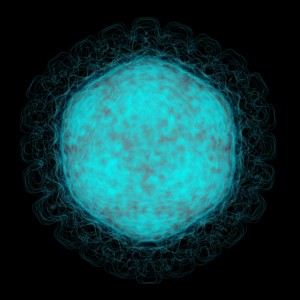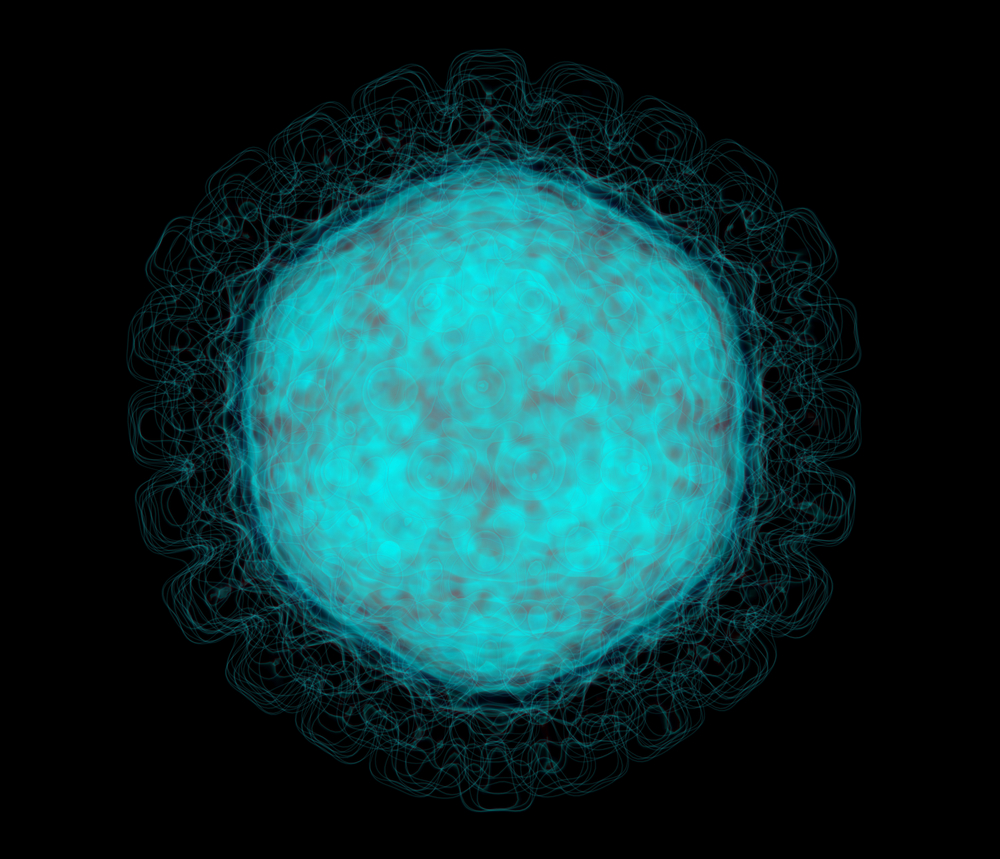 In a new study entitled “Functional Heterogeneity in the CD4+ T Cell Response to Murine γ-Herpesvirus 68” researchers showed that a population of immune cells – CD4+ T cells — differentiate into two distinct subpopulations with different jobs upon infection with a herpesvirus. The study was published in the Journal of Immunology.
In a new study entitled “Functional Heterogeneity in the CD4+ T Cell Response to Murine γ-Herpesvirus 68” researchers showed that a population of immune cells – CD4+ T cells — differentiate into two distinct subpopulations with different jobs upon infection with a herpesvirus. The study was published in the Journal of Immunology.
CD4+ T cells are a group of immune cells with key functions in immune surveillance and T cell memory but also as players fighting viral infections.
In the study, a research team at Geisel School of Medicine at Dartmouth and colleagues studied in detail their role in Gammaherpesviruses infections, which include Epstein-Barr virus and the Kaposi’s Sarcoma-associated herpesvirus, cancerous-agents in immune-suppressed populations, such as those with AIDS. Other viruses that are also cancer-agents include the Human papillomavirus (HPV), responsible for cervical cancer cases (the cervix is the lower part of the uterus in the human female reproductive system).
The team used a new transgenic mouse model to further understand the CD4+ T cell response in Gammaherpesviruses infection, specifically using a murine γ-herpesvirus 68 (MHV-68). They discovered that MHV-68 infection triggered differentiation of CD4+ T cells in two different populations, with one subset playing a crucial role against MHV-68 infection when other cells of the immune system (CD8+ T cells and B cells) were absent. Specifically, the team discovered MHV-68 infection induces differentiation into Ly6C+ and Ly6C− cells (Ly6C is a surface marker whose expression associates with effector CD4+ T cells’ antiviral activity). Therefore, upon infection, CD4+ T cells present themselves as a dynamic population that responds to infection by differentiating into cells that can actually convert between themselves to better fight infection.
Edward Usherwood, PhD of Dartmouth’s Norris Cotton Cancer Center and study lead author commented in a press release, “In this study, we used a mouse model of gammaherpesvirus infection and performed detailed studies dissecting the exact functions of the CD4 T cells, and how they protect against the virus. Using the mouse model and flow cytometry from Dartlab, which is Dartmouth’s flow cytometry core facility, allowed a more detailed study of the CD4 T cell response than was possible in previously available approaches. The CD4 T cell response represents a relatively tiny population of cells within the host. Identifying and rigorously characterizing these cells was a very challenging, laborious, and costly process. We are fortunate to have high performance flow cytometry here; it is essential to this type of study.”


